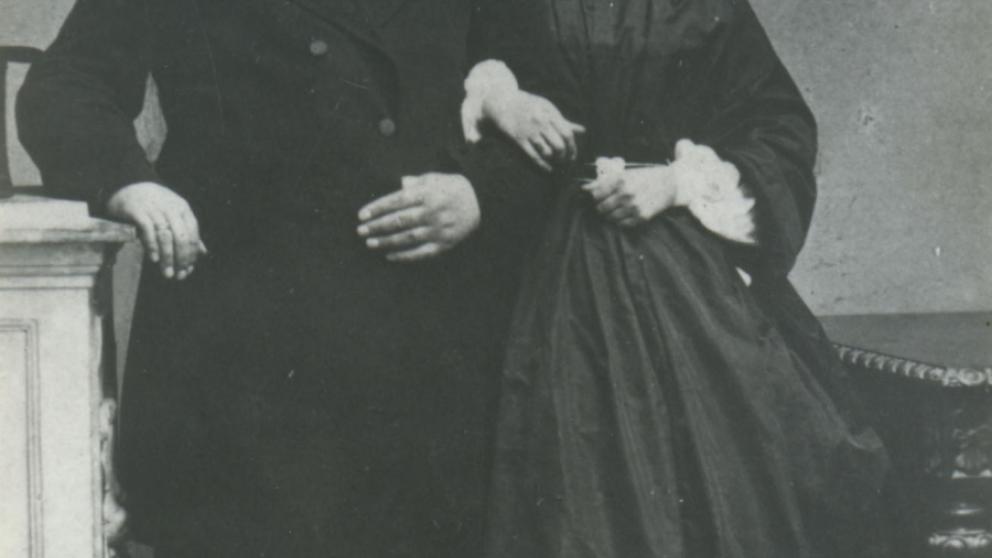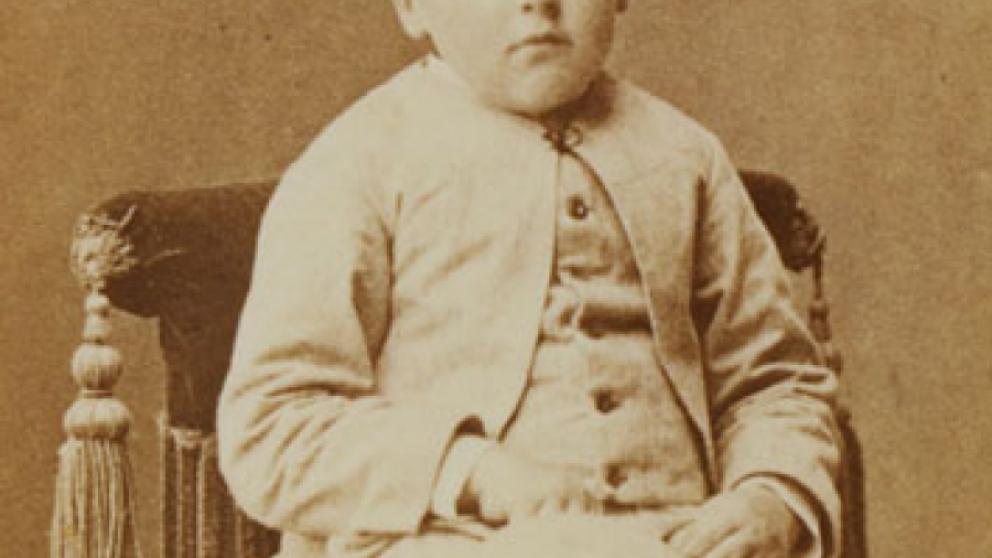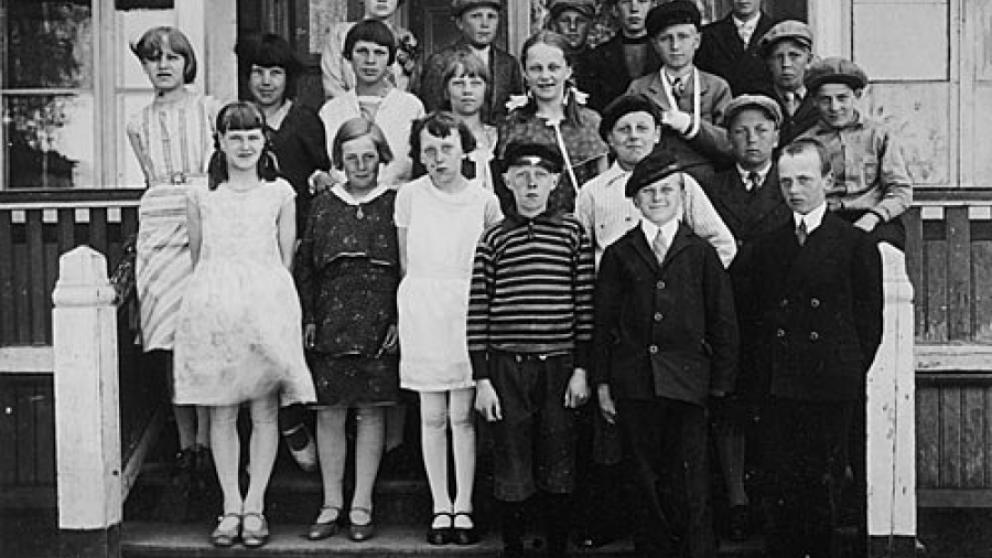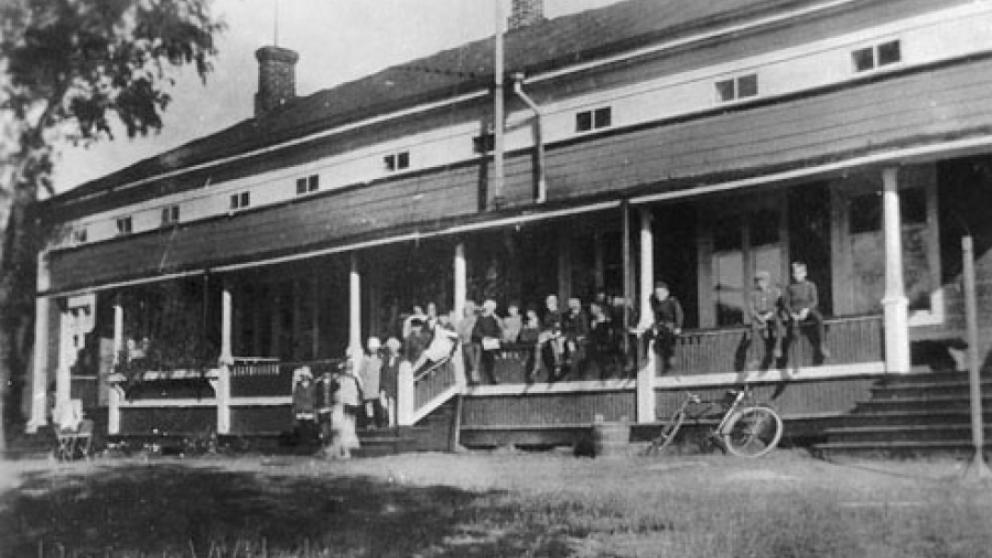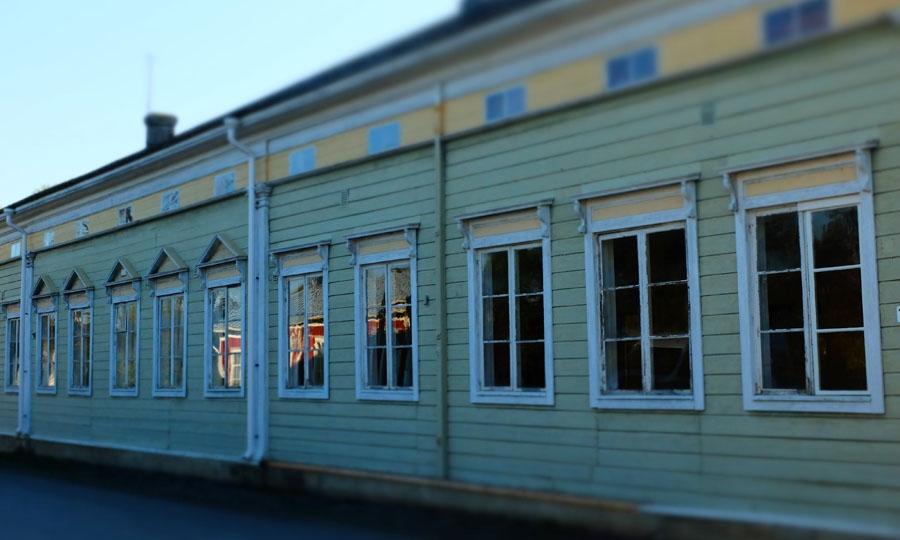
Rådhusgatan 14 - Carl Bäcker
Carl Bäcker
Pharmacist and ship-owner
(b. 1800 - d. 1860)
Carl Bäcker was the first proper pharmacist of Kaskinen and the first one to be granted official rights to engage in this business by the Duma, the legislature under the Russian tsar (Finland was an autonomous Grand Duchy of the Russian Empire from 1809 to 1917).
The homes of the wealthy middle class and people with higher social status were along the southern part of the street Raatihuoneenkatu, which at that time was called 'Kõpmansgatan' - the merchants' street. This attractive area attracted Carl Bäcker too; he knew that he wanted to settle in this part of town when moving here in 1830.
This building was constructed in 1788, and in its early years it was red ochre in colour. Bäcker decided to turn it yellow, the most fashionable colour of his time. Since there were 11 rooms, there was ample space for the pharmacy to have its own kitchen and laboratory.
Carl Bäcker and wife Anna Lovisa had only one child, an adoptive daughter. Besides the Bäcker family, Carl's sister, three maids, and two farmhands lived in this large house.
The huge red outbuilding in the yard was built in 1812. It served as a barn for cattle and horses, and it provided storage for hay, the home's firewood, and various supplies needed to run the house. This was before modern plumbing, so the outdoor toilet was out here too.
Besides being a pharmacist, Carl Bäcker, in partnership with Gustav Fredrik Thuring, owned roughly 10 ships. He was also active in the national seamen's union. At every harbour, representatives of this organisation did recruiting and kept track of the crew of each ship that was registered in the town. Sometimes the union helped seamen's families, if they were poor.
Bäcker was such a trusted citizen that he was also granted the right to produce and sell alcohol, a rare honour.
After Carl Bäcker's death, in 1869, his younger brother Alexander took over the business.
In the years since, the 20th century saw many types of businesses and people take up shop in this building. The local newspaper had its press here for several years, and after that the building hosted two restaurants and a sausage factory.
In the 1930s, Kaskinen was not spared from the Great Depression. In those years, the barn was used as a soup kitchen for the poor. This charitable work was the only form of social security available.
From 1923 to 1978, the building housed a school for those who spoke Finnish as their native language. The majority in Kaskinen were Swedish-speaking, and they had a separate school, in another part of town.

